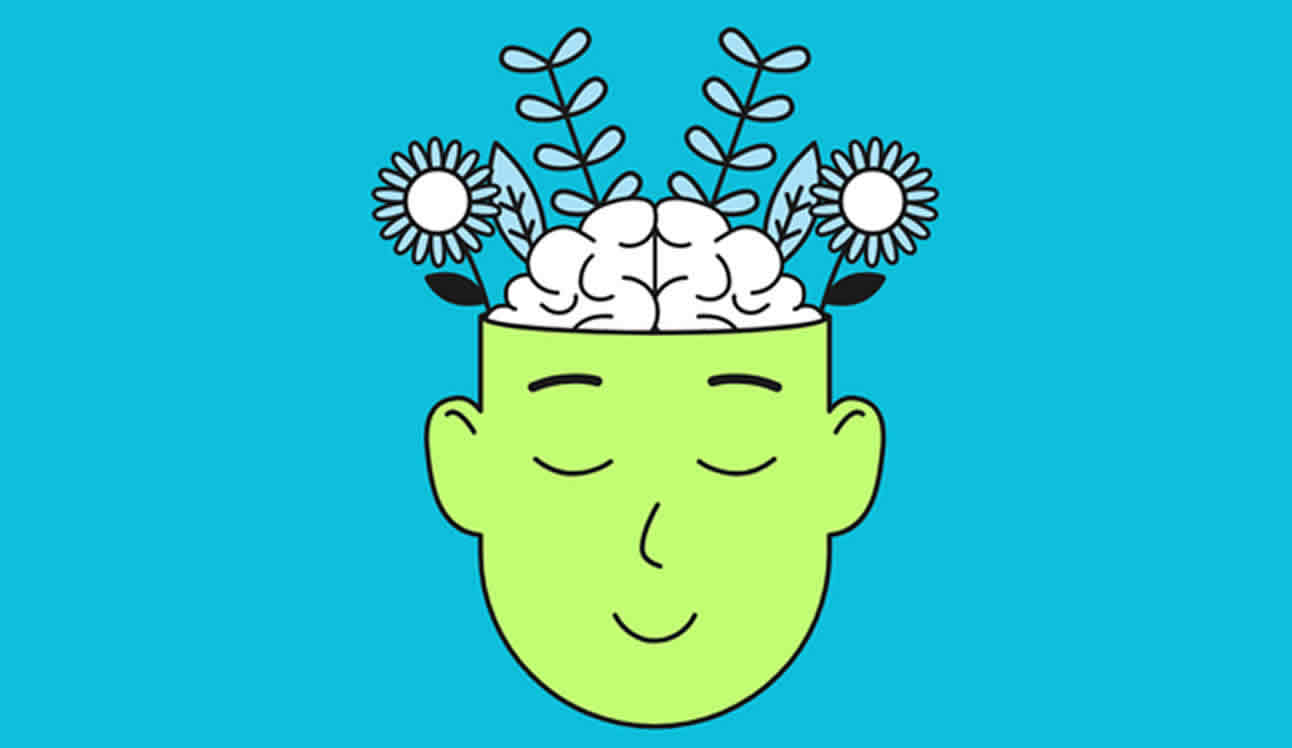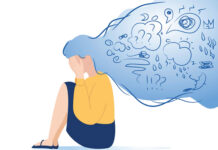In a world where physical health is often prioritized and openly discussed, mental health has, for too long, remained beneath the surface—unspoken, misunderstood, and sometimes stigmatized. Yet, mental health is just as essential as physical health. It influences how we think, feel, act, and interact with the world around us. When mental health is compromised, it affects every aspect of life—from personal relationships to work productivity and physical well-being. Understanding mental health and exploring its treatments is a crucial step toward building healthier individuals and societies.
1. What Is Mental Health?
Mental health encompasses our emotional, psychological, and social well-being. It affects how we perceive situations, make decisions, manage stress, and relate to others. Good mental health doesn’t mean being happy all the time; rather, it refers to having the resilience and capacity to cope with life’s ups and downs in healthy ways.
Mental health is influenced by multiple factors:
- Biological factors: genetics, brain chemistry, and physical health conditions.
- Life experiences: trauma, abuse, chronic stress, or major life changes.
- Family history: a family history of mental illness can increase vulnerability.
- Environmental factors: socioeconomic conditions, cultural pressures, and access to resources.
Just as physical illnesses range from mild to severe, mental health conditions can vary in intensity and duration. Some may be temporary and situational, like short-term anxiety before a big event, while others can be chronic conditions that require ongoing treatment.
2. Common Mental Health Conditions
Mental health disorders manifest in diverse ways, but some of the most common include:
- Anxiety Disorders: Characterized by excessive worry, panic attacks, phobias, and physical symptoms such as rapid heartbeat or sweating. Generalized anxiety disorder, social anxiety, and panic disorder fall under this category.
- Depression: More than just sadness, depression involves persistent feelings of hopelessness, loss of interest, changes in appetite or sleep, and difficulty concentrating. Severe depression can lead to thoughts of self-harm or suicide.
- Bipolar Disorder: This involves alternating periods of depression and mania—a state of elevated mood, energy, or irritability.
- Schizophrenia: A severe mental disorder that affects thinking, perception, and behavior. People may experience hallucinations, delusions, and disorganized thinking.
- Post-Traumatic Stress Disorder (PTSD): Triggered by traumatic experiences, PTSD can cause flashbacks, nightmares, severe anxiety, and emotional numbness.
- Obsessive-Compulsive Disorder (OCD): Involves unwanted repetitive thoughts (obsessions) and actions (compulsions) that interfere with daily life.
- Eating Disorders: Conditions like anorexia, bulimia, and binge eating disorder affect both mental and physical health.
Mental health issues often coexist, meaning someone with depression might also experience anxiety or substance abuse. This overlap makes accurate diagnosis and personalized treatment critical.
3. The Impact of Untreated Mental Health Issues
Ignoring mental health concerns can have serious consequences. Individuals may face declining physical health, strained relationships, academic or work difficulties, substance misuse, and in severe cases, suicidal thoughts. Untreated mental illnesses are a leading cause of disability worldwide and can shorten life expectancy by years, largely due to increased risks of chronic diseases and reduced access to care.
Moreover, untreated conditions can create ripple effects in communities—affecting families, workplaces, and even economies. This highlights the urgent need for accessible and effective mental health treatments.
4. Pathways to Healing: Treatment Options
The good news is that mental health conditions are treatable. With the right combination of therapies, medications, and support, many individuals recover fully or learn to manage their conditions effectively. Here are some of the main treatment approaches:
A. Psychotherapy (Talk Therapy)
Psychotherapy involves structured conversations with a trained mental health professional. There are many types, including:
- Cognitive Behavioral Therapy (CBT): Focuses on identifying and changing negative thought patterns and behaviors. CBT is effective for anxiety, depression, and many other disorders.
- Dialectical Behavior Therapy (DBT): A specialized form of CBT that emphasizes emotional regulation and distress tolerance, often used for borderline personality disorder.
- Psychodynamic Therapy: Explores unconscious patterns and early life experiences to understand present behavior.
- Humanistic Therapy: Emphasizes personal growth, self-awareness, and individual potential.
- Exposure Therapy: Helps individuals confront fears in a safe environment, commonly used for phobias and PTSD.
Psychotherapy can be conducted individually, in groups, or with families and couples. It provides a safe space to explore feelings, gain insights, and develop coping strategies.
B. Medication
For some individuals, medication plays a vital role in managing symptoms. Psychiatric medications help correct chemical imbalances in the brain and can significantly improve quality of life. Common types include:
- Antidepressants: Used for depression and anxiety disorders.
- Anti-anxiety medications: For short-term relief of severe anxiety or panic attacks.
- Mood stabilizers: Often prescribed for bipolar disorder.
- Antipsychotics: Used for schizophrenia and other severe conditions.
Medication works best when combined with therapy and lifestyle changes. Regular monitoring by a psychiatrist is essential to adjust dosages and minimize side effects.
C. Lifestyle and Self-Care
Lifestyle changes are often underestimated but can have a profound impact on mental well-being. Regular exercise boosts mood by increasing endorphins, a balanced diet supports brain function, and adequate sleep regulates emotional health. Mindfulness practices, such as meditation and yoga, can reduce stress and improve emotional resilience.
Building a strong social support network—friends, family, or support groups—also plays a crucial role in recovery. Sharing experiences with others who understand can reduce feelings of isolation and stigma.
D. Alternative and Emerging Therapies
New approaches to mental health treatment are continually being explored. Art therapy, music therapy, and animal-assisted therapy have shown benefits for certain individuals. Advances in technology have led to teletherapy, making mental health services more accessible than ever before. Some innovative research explores psychedelics, such as psilocybin, in controlled medical settings, though these treatments remain tightly regulated.
5. Breaking the Stigma
One of the biggest barriers to seeking mental health treatment is stigma. Many people fear being judged, misunderstood, or discriminated against. This stigma can prevent individuals from reaching out for help when they need it most.
Promoting open conversations, sharing personal stories, and educating communities can normalize mental health discussions. Just as we wouldn’t shame someone for seeking treatment for diabetes or heart disease, we must foster compassion and understanding for mental health struggles.
6. The Road Ahead
Treating mental health is not a one-size-fits-all process. Recovery is a journey that may involve setbacks and breakthroughs. Early intervention is key—addressing issues before they escalate improves outcomes significantly. Governments and organizations must prioritize mental health funding, integrate services into primary care, and train more mental health professionals to meet growing demand.
Conclusion
Mental health is an integral part of overall well-being. Recognizing its importance and seeking timely treatment can transform lives. Whether through therapy, medication, lifestyle changes, or community support, healing is possible. By bringing mental health out from beneath the surface and into open conversation, we can build a future where everyone has the opportunity to thrive—not just physically, but mentally and emotionally as well.















